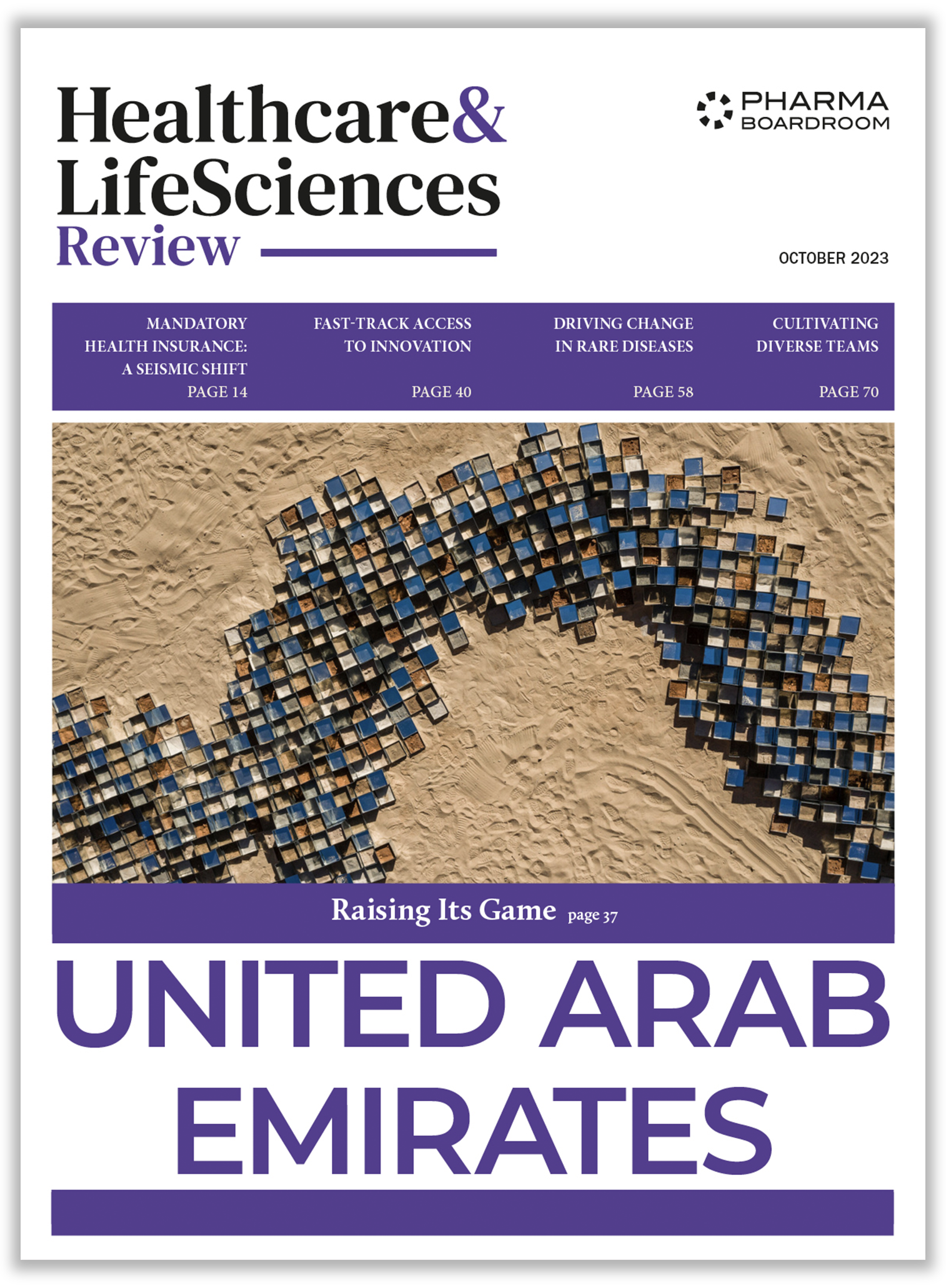Niklas Hedberg is both chair of EUnetHTA Executive Board (a branch of the European Commission) and chief pharmacist at the Swedish Dental and Pharmaceutical Benefits Agency (TLV). EUnetHTA aids European Union member states in conducting Health Technology Assessments (HTAs). Hedberg outlines the function EUnetHTA plays in the European Commission along with current and future HTA trends.
How much progress has EUnetHTA made since its foundation back in 2006 in promoting the use of health technology appraisal in decision-making, in reducing time to market of breakthrough innovation, and in delivering support to member states lacking the experience and infrastructure for in-depth assessment?
EUnetHTA is a project and a network. It is the European Commission’s project arm, the primary purpose being to align the member states in a way that helps to conduct Health Technology Assessments (HTA). Starting in 2006, one of the main drives was to find agencies with the right quality that would inspire and help the other member states who were smaller players. EUnetHTA was founded in a gap period where some agencies prolonged the process without any formal initiative from the European Commission. We have seen joint action one, two and three with various focuses, including setting up joint guidelines and joining under certain principles. Joint action three is aiming to produce due to these guidelines and is starting to use the methods that have been tested in joint action one and two. We now have a large network which is the most substantial joint action in our history. It is important to point out that HTA can and will be described and defined in different ways. We are currently working to find a joint common definition. In a European setting, cost-effectiveness, payment, procurement and patient access are a matter for member states on a national level. Almost everyone agrees that we can come further in a joint approach to HTA. It is about defining the space between traditional regulatory work and the start of the health economic evaluation.
Would you say the industry is as keen as before to produce HTA methodologies? Do you detect any need for HTA bodies to build greater levels of trust vis-à-vis industry?
Of course, I see the increasing interest and importance of these kinds of assessments in almost every market and every context. There needs to be an assessment of the added value that can be expected.
What is your view on the evolving relationship between HTA agencies and the regulator?
If one of the main outcomes is to judge the relative net benefit of a product, this relative factor will not come from the regulatory work. We have EMA, which engages in joint regulatory work and a joint assessment of risk-benefit; however, we then need to add the relative effectiveness assessment.
What is the interaction between EUnetHTA and other regional/global initiatives such as BeNeLuxAI and FINOSE?
We see some countries where HTA leads to firm decisions, we also see markets where HTA has not come that far. A universal EU HTA that would in a later phase move toward pricing decisions is in the distant future. Our remit now is to stop before cost-effectiveness as I think it will be difficult to go further in the pan-European market for quite some time. Ultimately, we are here as civil servants and our purpose is to provide our population with the best possible drugs. In the case of BeNeLuxAI and FINOSE, some of the countries have said that they are prepared to try to go further than EUnetHTA on a number of issues. Potentially this can become valuable complements to the work EUnetHTA does and will do.
We know that there is a Swedish model of engagement; as chairperson what is the vision that you are trying to roll out in terms of the discussion between HTAs and the industry?
In most situations, we can come to a joint understanding that we need to speak with one another, so that we can become mutually better informed and can understand the position of the needs and the tasks of each partner. This could be a regulator, payer, HTA or an industry person, you can also add healthcare providers, healthcare specialists and patients.
Everything should be centred around the patients from start to end. In the national setting, our job is to ensure that we provide society with the best possible drugs. This ties in to provide for society it needs both citizens and patients, servicing both those that will need certain products and those who will need other products. This is why we need to safeguard our costs. Let’s take the example of the need for more evidence. Sometimes there are truly ethical, legal, practical or technical hinders to do another study on a new drug. At times, I get upset when the industry tells me that a study cannot be done, and I know that it can but there might be a financial hindrance. Big Pharma companies are on the stock market and cannot justify the risk and the cost for these studies. Even though I realize that it still upsets me. I guess in the mutual understanding I ask for I need to understand the cost factors more but on the other hand the industry needs to understand our situation better as well, which is to provide society with the right product innovations.
Can you tell us what you think are the main concerns or the main areas of work regarding these new treatments?
This will be more of a hypothetical answer as it is a new area; therefore, there is not a wide range of experience to draw from. The new therapies will challenge most of our predicaments. For instance, they would challenge the evidence predicament because we know that we will see several products that are authorized but still lack the traditional evidence that any HTA would like to see. Regarding gene therapies, for example, companies cannot expect us to pay the whole cost up front with all the uncertainties that we have, given that we have needed to go beyond the traditional evidence predicament. This is due to the way research is being carried out and innovations that are being brought to the market and made available. If this is something we are likely to see, then how do we handle the uncertainties with regard to the evidence predicament, the payment predicament and the uncertainty predicament? Furthermore, how do we follow up with real-world data? It is going to be interesting and challenging to solve all of these issues with integrity, with GDPR and with financing the registers.
How does your home market of Sweden compare?
It is broadly understood that we (Sweden) were frontrunners some years ago. This meant that Sweden built up a number of registers. However, sometimes they were built with different structures and where we did not have the technique and infrastructure possibilities that we have today. Today, that means that in some cases we suffer from poor interoperability and data access can also be very limited due to the statutes set up when the registers were created.
We meet regulators and technology assessments across Europe and one question we ask them is what are your expectations or a final message that you would like to send to our audience of industry executives that will read this report?
Both an advantage and an asset in the Swedish system is the informal and open landscape for discussions and exchange of information. This does not mean that we must follow what everyone else says, but it does include that we must be open to change.







